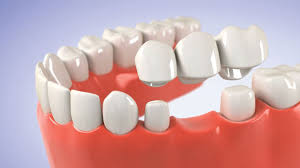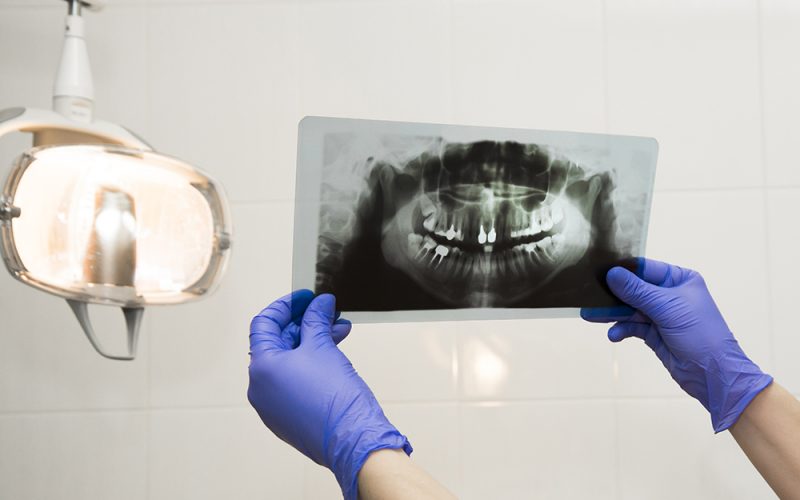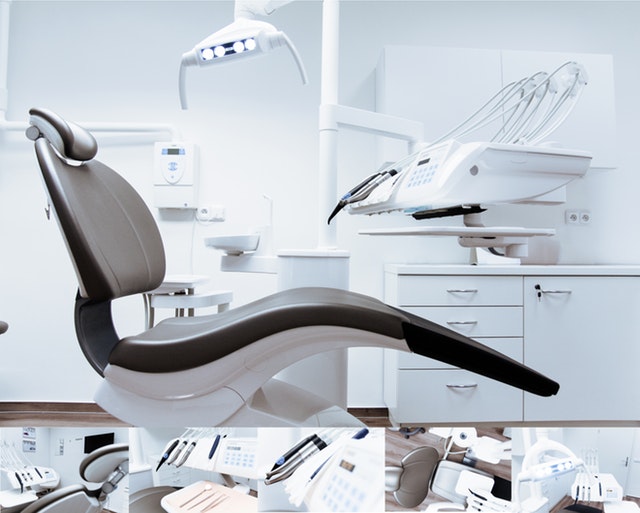
What Are Dental Bridges And Their Working?
Both crown and most of the dental bridges are fixed prosthetic devices. Unusual to the appliances like the dentures that can be taken out and cleaned on a daily basis, the crowns and bridges are fixed by way of cementing on the existing teeth or implants that can be removed only by a dentist.
How does the dental bridge work?
A bridge is recommended in case you have any missing teeth. Gaps can cause the rest of the teeth to shift or rotate in the empty space resulting in a bad bite. This imbalance can result in gum diseases or temporomandibular joint (TMJ) disorders.
Dental bridges are used to replace the missing teeth, especially if its more than one. They simply cover the gap between the for the missing teeth. These bridges are cemented onto the implanted teeth or natural teeth which are near the empty spaces. These teeth are named as abutments, and for bridges they serve as anchors. A replacement tooth, also called ass pontic, is attached to the crown which covers the abutments. You can select the material that will be used for the bridge.
The dentist will guide you with the options of the material and their associated pros and cons. The material is selected depending on which teeth you are replacing, its place, function and the aesthetic considerations along with the cost. Bridges made of porcelain or ceramic can be as the color of your natural teeth.
How are the bridges made?
Even before the dental bridges can be made the tooth or the teeth have to be reduced in size so that the bridge fills it over adequately. After the reduction process, the dentist takes the impression to get an exact mold for the dental bridge to fit in. If ceramic or porcelain is used, the dentist will ascertain the exact shade of the dental bridge matching your existing teeth.
With the help of this impression the dental lab then makes the dental bridge in the material that has been selected by you as per the specifications of the dentist. A temporary bridge is prepared to put in place to be covered while the permanent dental bridge is being made. As the permanent bridge is prepared, the temporary bridge is removed, and the new permanent bridge is cemented over the prepared tooth or teeth.
How long do dental bridges last?
The bridges usually last a lifetime, in very rare cases do they fall out or get loose. To assure the longevity of the dental bridge the most suggested Norwegian practice is Tannlegene på Torvet – Tannlege Sandefjord being one of the best in the whole country, to maintain good oral hygiene. The gums should be kept healthy, and teeth need to be kept healthy by brushing them regularly twice a day and flossing them daily. Also regular visit with the dentist or professional cleaning service provider for check-ups. With a new dental bridge chewing of hard foods, ice or delightful foods should be avoided.
Thus dental bridge helps to hold teeth in place and make the daily activities like eating and talking quite comfortable.
…



 visit the dentist; they experience an irrational fear of submitting to the hands of this professional. That fear is based on ancient practices that were performed in the mouths of patients. The old dentists used relatively basic and annoying techniques for the treatment of dental diseases. This fact caused a lot of pain in the patient and therefore the rejection of it to go to the consultation. The pain in the mouth is a very unpleasant sensation, and it prevents to realize a significant number of daily activities as it can be to speak or to eat.
visit the dentist; they experience an irrational fear of submitting to the hands of this professional. That fear is based on ancient practices that were performed in the mouths of patients. The old dentists used relatively basic and annoying techniques for the treatment of dental diseases. This fact caused a lot of pain in the patient and therefore the rejection of it to go to the consultation. The pain in the mouth is a very unpleasant sensation, and it prevents to realize a significant number of daily activities as it can be to speak or to eat.